Rivets in Cutlery: Everything You Need to Know
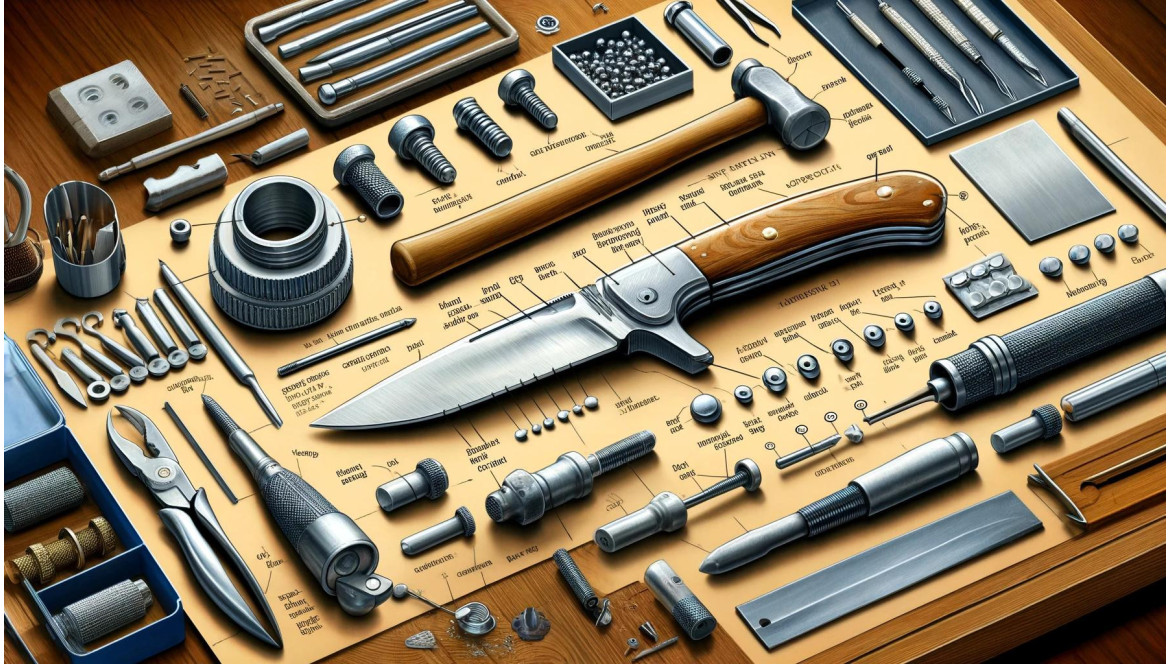
Rivets play a crucial role in knife making. They ensure the solid and durable assembly of the different parts of the knife, guaranteeing its robustness and longevity. In this article, we will explore in detail what a rivet in cutlery is, its uses, and all the useful information for knifemakers who want to deepen their knowledge on this subject.
Rivets in Cutlery: Everything You Need to Know
Rivets play a crucial role in knife making. They ensure the solid and durable assembly of the different parts of the knife, guaranteeing its robustness and longevity. In this article, we will explore in detail what a rivet in cutlery is, its uses, and all the useful information for knifemakers who want to deepen their knowledge on this subject.

What is a Rivet in Cutlery?
A rivet in cutlery is a small fastening element used to assemble the different parts of a knife, such as the blade and the handle. It is generally composed of two parts: the shank and the head. The shank is inserted into pre-drilled holes and then hammered or compressed to hold the pieces together.
Rivets are made from various materials, including brass, stainless steel, aluminum, and even copper. The choice of material depends on the knifemaker's preferences and the specific characteristics sought, such as corrosion resistance or aesthetics.
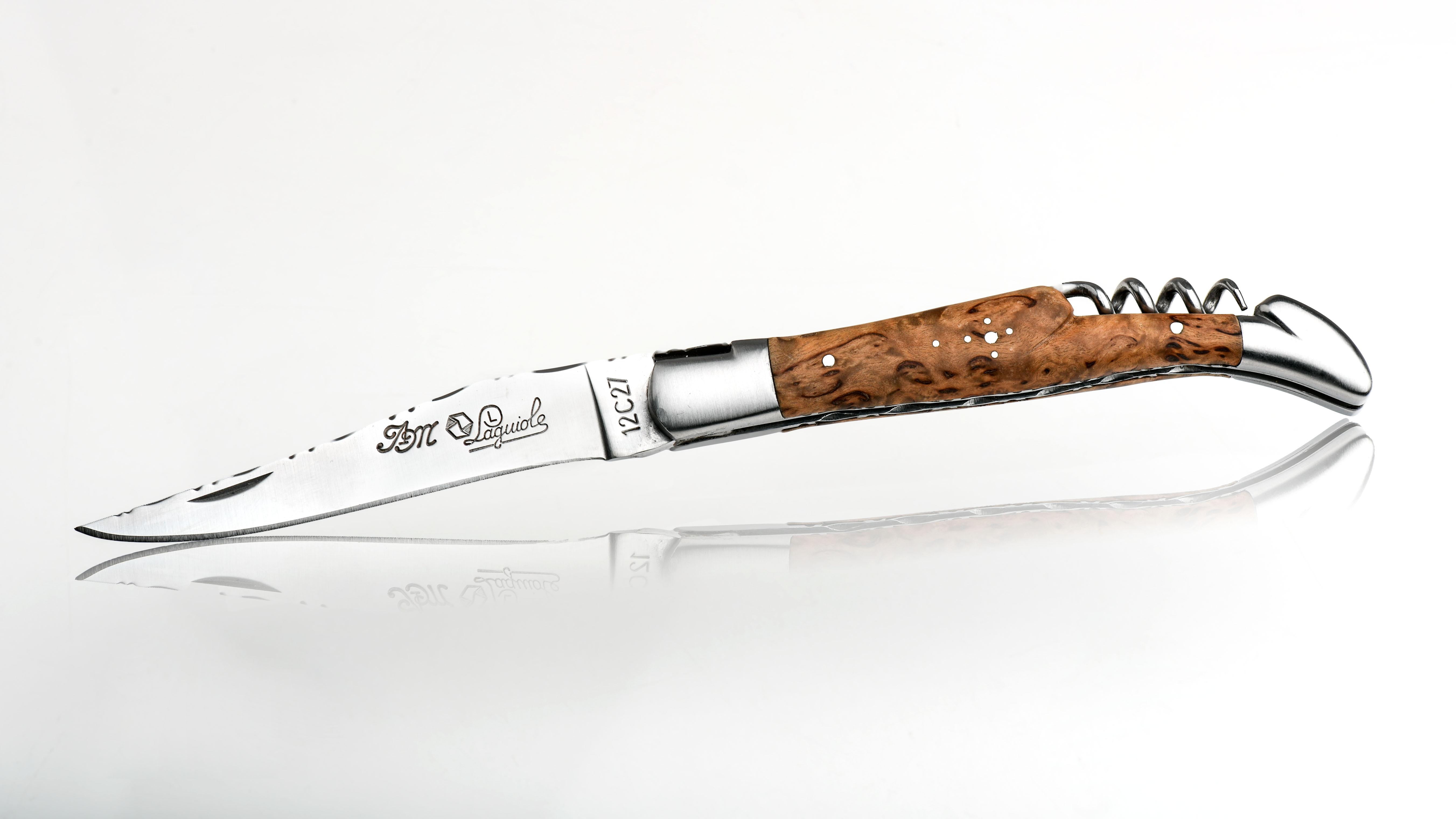
Why Use Rivets in Cutlery?
Rivets offer several advantages that make them indispensable in knife making:
- Strength: They provide a robust fastening capable of withstanding the forces applied during knife use.
- Durability: Rivets, once properly installed, are extremely durable and contribute to the knife's longevity.
- Aesthetics: Rivets can add an aesthetic touch, enhancing the overall appearance and design of the knife.
- Customization: They allow great flexibility in knife customization, offering various options in terms of materials and styles.
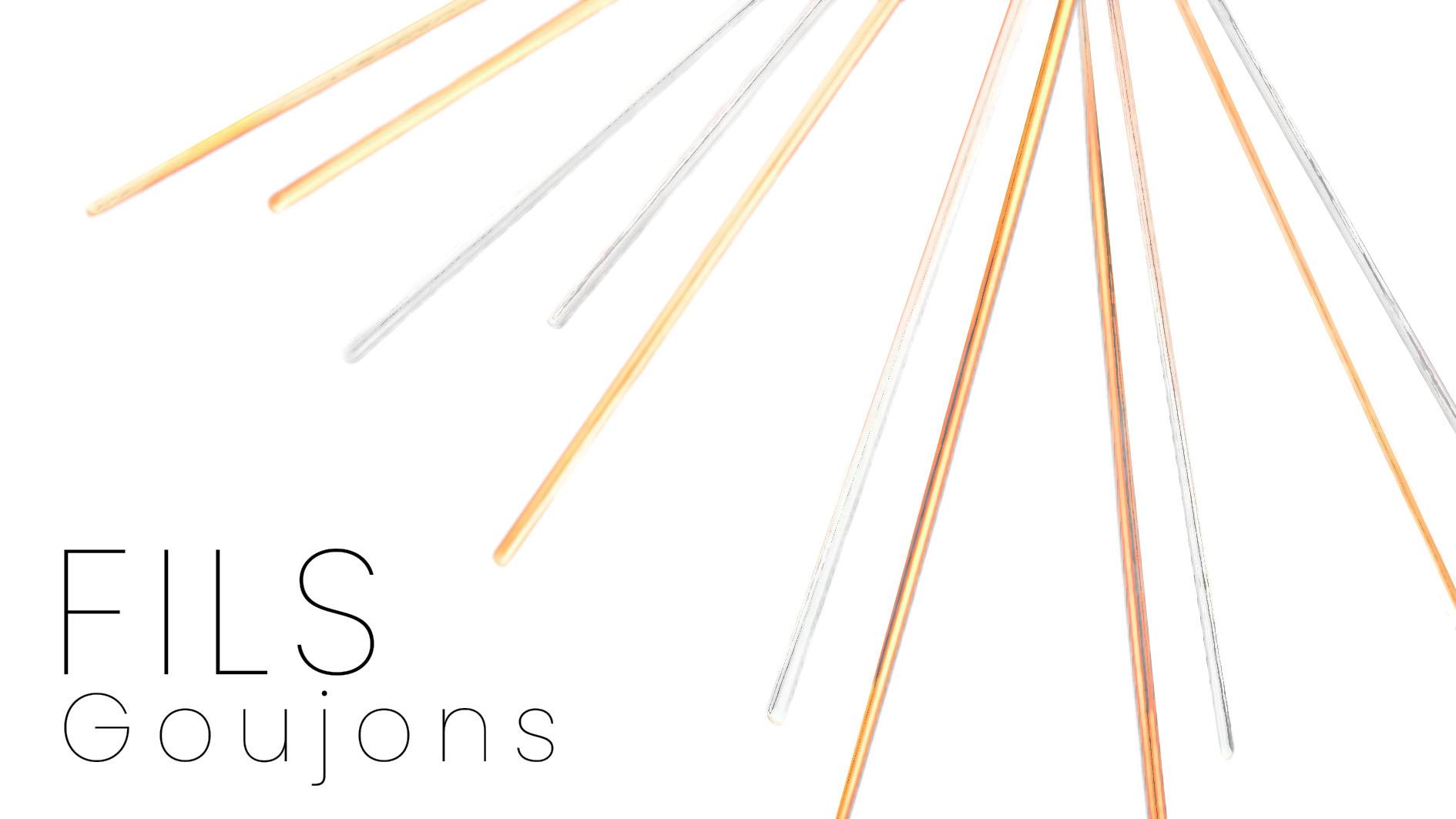
How to Install Rivets in Cutlery?
Installing rivets requires certain skills and specific tools. Here are the general steps:
- Preparation of Parts: Ensure that the parts to be assembled are well aligned and that the holes for the rivets are properly drilled.
- Inserting the Rivets: Insert the rivet shank into the holes. For some types of rivets, you may need to apply glue for additional fastening.
- Fixing: Use a hammer or press to compress the rivet head, ensuring a firm hold. This step may vary depending on the type of rivet used.
- Finishing: Smooth the edges and ensure that the rivet is well aligned and aesthetically pleasing.
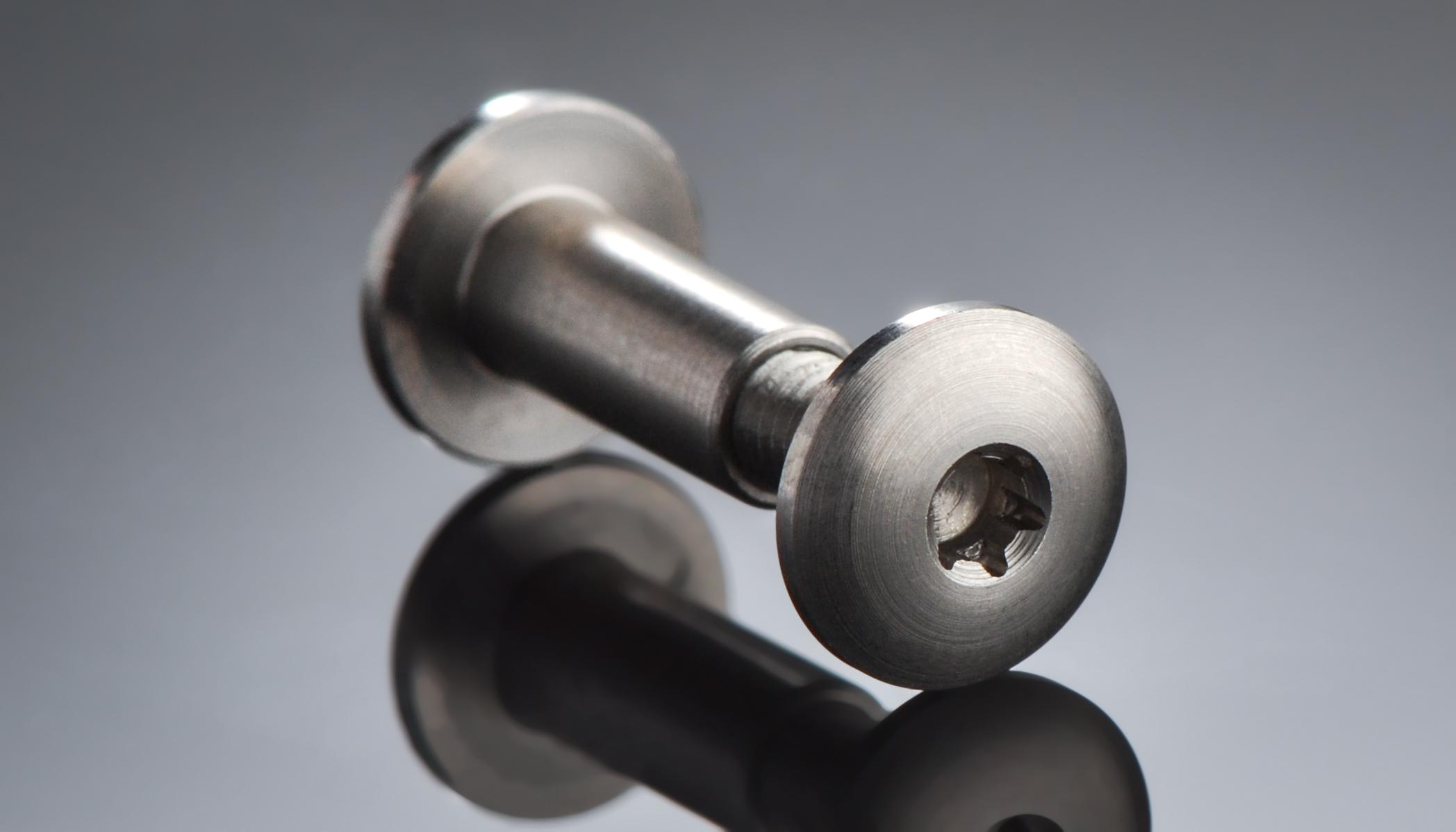
Rivets vs. Pivots in Cutlery: What's the Difference?
It's important not to confuse rivets with pivots in cutlery. Rivets are used to permanently fix the different parts of the knife, such as the handle and the blade. In contrast, pivots are mechanical elements that allow one part to move relative to another, typically used in folding knives to enable the blade to open and close. Pivots are thus essential in knives with articulated mechanisms, while rivets are primarily used for solid and durable fixations in fixed knives.
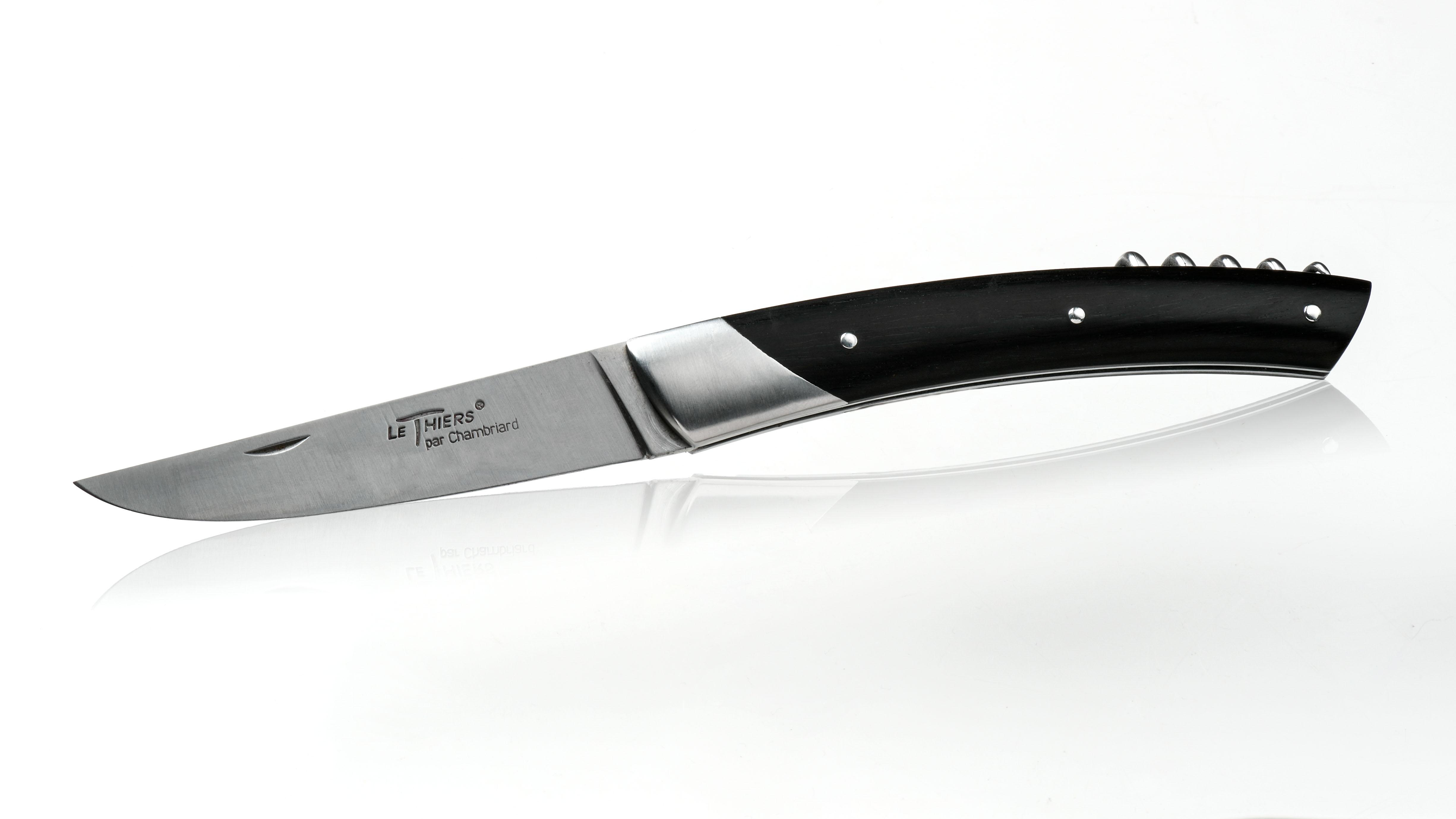
Frequently Asked Questions about Rivets in Cutlery
What types of rivets are most commonly used in cutlery?
Brass and stainless steel rivets are the most commonly used due to their strength and durability. The choice of material often depends on aesthetic preferences and the specific needs of the knife.
How to choose the appropriate rivet size for a knife?
The size of the rivet must match the thickness of the parts to be assembled. It is crucial to measure the dimensions accurately before selecting the rivets to ensure a perfect fit.
Can rivets be used on all types of knives?
Yes, rivets can be used on a wide range of knives, including kitchen knives, hunting knives, and pocket knives. However, installation techniques may vary depending on the type of knife.
What is the difference between rivets and screws in cutlery?
Rivets provide a permanent fastening, unlike screws which can be removed and reinstalled. Rivets are often preferred for their strength and ability to withstand significant vibrations and forces.
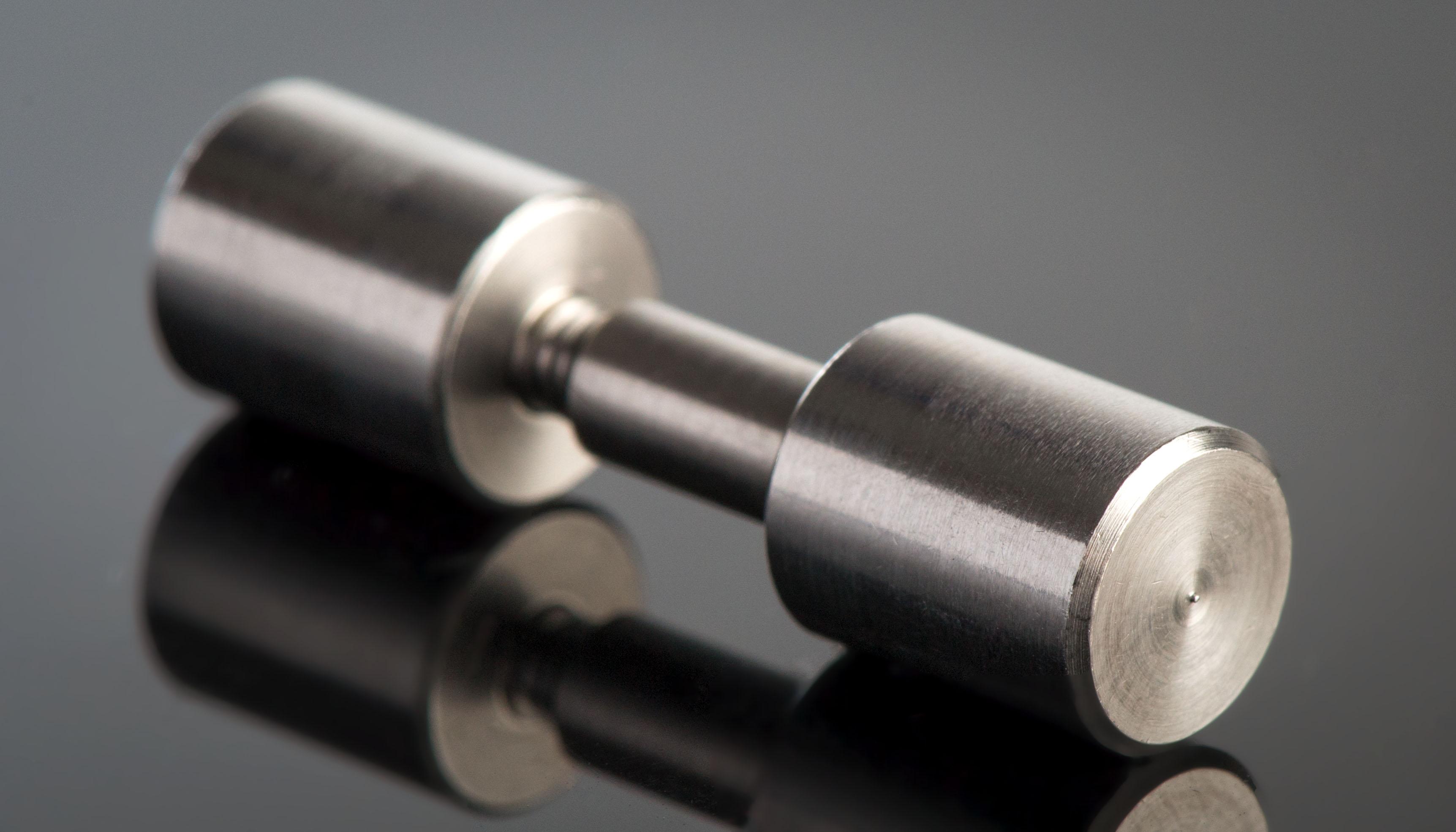
Rivets are essential elements in knife making, offering a combination of strength, durability, and aesthetics. Whether you are a beginner or an experienced knifemaker, understanding the types of rivets and their installation will help you create high-quality knives. At Mercorne.fr, we offer a wide range of rivets to meet all your cutlery needs. Feel free to explore our selection and contact us for any advice or additional information.
In Same Category
- CALCEON – by RAFFIR – Unique beauty forged underwater
- Jamaican Rain Tree (Brya Ebony)
- Everything You Need to Know About Bog-Wood – An Exceptional Material for Artisans
- Seafoam Block: A Unique Material for Crafting and Knife Handles
- The Use of Drill Bits and Taps in Knife Making: Techniques and Advantages

Comments
No comment at this time!
Leave your comment